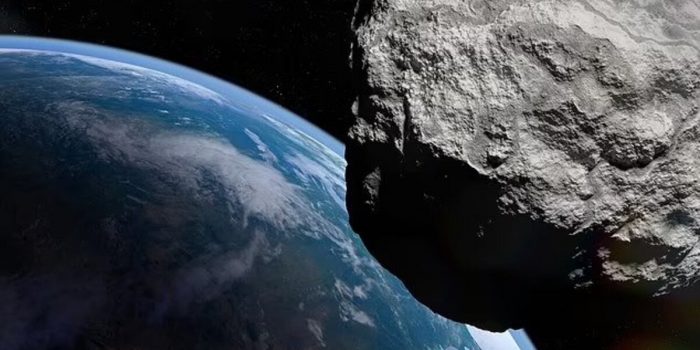A new moon has been discovered that is circling the Earth which is known as “quasi-moon.” This quasi-moon, named 2023 FW13, was found using a powerful telescope called Pan-STARRS located in Hawaii. It is one of a few known quasi-moons.

A quasi-moon is a space rock that circles the Earth but is gravitationally bound by the sun.
Quasi-moons like 2023 FW13 are actually bound by the gravitational pull of the sun and appear to orbit the Earth in a similar way to our moon, but they have a different gravitational relationship.
2023 FW13 has been accompanying the Earth for a very long time, possibly since around 100 BC, and it will continue to do so for at least another 1,500 years, until around AD 3700. However, there is no need to worry because neither 2023 FW13 nor another quasi-moon called 469219 Kamo?oalewa poses any threat to people on Earth.
One interesting thing about 2023 FW13 is that its orbit extends beyond the region around Earth where our planet’s gravity is the dominant force attracting satellites. This region is called the Hill Sphere. While the Hill sphere of Earth has a radius of about 932,000 miles, 2023 FW13 orbits at a distance of about 1.6 million miles.
The size of the 2023 FW13 is not yet confirmed, but experts estimate it to be about 30 to 50 feet in diameter. This is much smaller than our moon, which has a diameter of 2,159 miles. The orbit of 2023 FW13 around the sun takes nearly the same amount of time as Earth’s orbit, approximately 365.42 days.
The reason why 2023 FW13 wasn’t discovered earlier is that small rocks like it are very challenging to detect. Additionally, the definitions of what constitutes a moon versus a quasi-moon can sometimes be unclear.


There are other known cosmic companions to Earth, many of which are quasi-satellites like 2023 FW13. These objects typically follow a stable path around Earth for several decades before eventually leaving the planet’s orbit.
However, 2023 FW13 is unique because it has been in its quasi-state for centuries and will likely remain in this state for many more centuries.
Another well-known quasi-satellite called 469219 Kamo?oalewa was discovered in 2016. It is estimated to be up to 330 feet in diameter and will stay in its orbit for around 300 years in the future. There is a possibility that 469219 Kamo?oalewa is an ancient fragment of our moon based on the analysis of light reflected from the rock, which indicates similarities to lunar minerals.
The discovery of these quasi-moons provides us with new insights into the cosmic objects that interact with Earth. While they have different gravitational relationships compared to our moon, they offer fascinating opportunities for further study and understanding of our celestial neighborhood.


